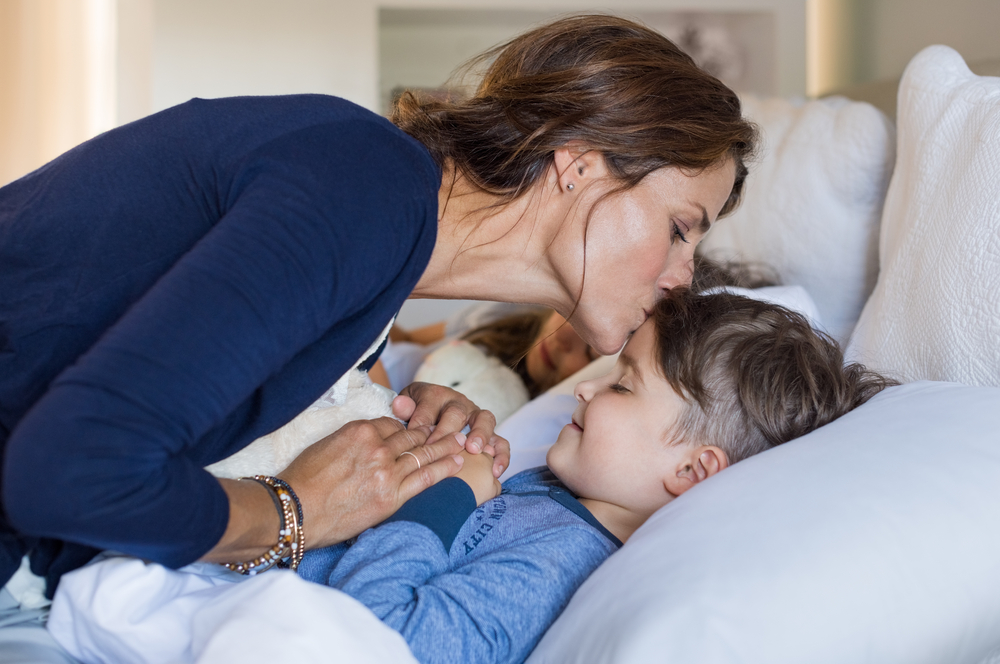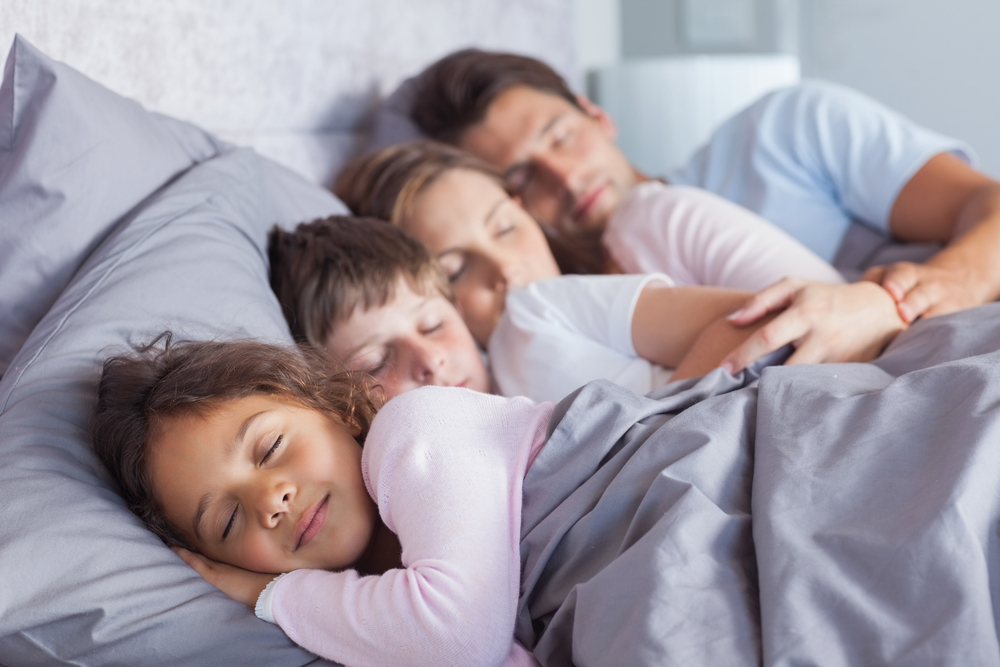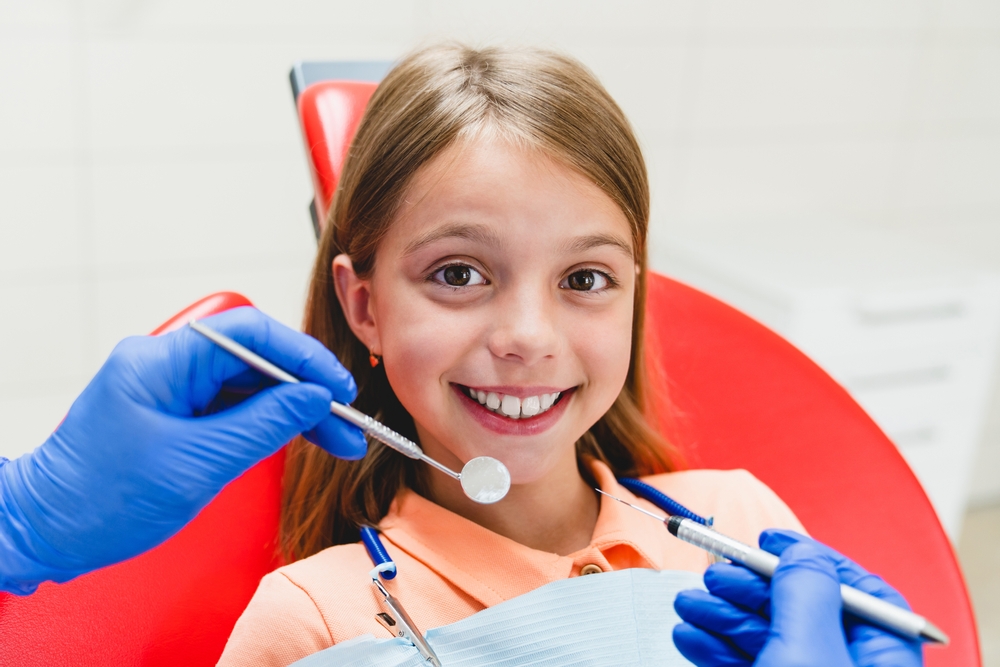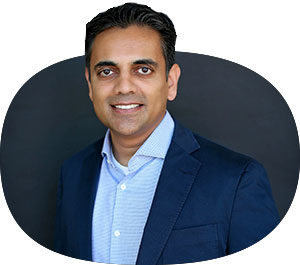
Everyone needs sleep, and good quality sleep at that. Kids especially need good sleep for developing healthy brains and bodies. Of course, sometimes kids don’t get the sleep they need — the occasional late-night sleepover, or staying up in anticipation of Christmas morning or a birthday. But if your child’s daily sleep is affected by a medical issue like sleep apnea, the lack of restorative sleep night after night can affect their health.
“Can kids really have sleep apnea?” You ask. You might be surprised to know that a type of sleep apnea called “obstructive sleep apnea” can happen with kids. And because orthodontics can play a part in alleviating sleep apnea, we at The Brace Place want to help parents understand it better.
In this post, we want to share all you need to know about child sleep apnea. We’ll answer:
- What is obstructive sleep apnea in kids?
- What causes obstructive sleep apnea?
- What are the signs of child sleep apnea in kids?
- Are there complications to sleep apnea in children?
- How is obstructive sleep apnea treated in kids?
- Can early intervention orthodontics help kids breathe better?
What is obstructive sleep apnea in kids?
Obstructive sleep apnea in kids, or OSA, is most common in children ages 2-6 but can occur at any age. In this type of sleep-disordered breathing, there’s a physical blockage in the upper airway, causing pauses in breathing. That’s why it’s called “obstructive” sleep apnea, not to be confused with another sleep disorder — central sleep apnea. The latter isn’t as common in kids and, instead of a physical obstruction interrupting breathing, the brain doesn’t send the right signals to the breathing system to regulate it.
According to Yale medicine, child sleep apnea happens in about 2-3% of young children. Now, what’s actually happening when your child is suffering from obstructive sleep apnea? For sleep apnea in kids, muscles in their neck relax when they fall asleep, causing the tissues in their airway to fold closer together. This fully or partially blocks the flow of air through the nose and mouth, down the windpipe, and into the lungs, resulting in temporary pauses in breathing. These short pauses typically last between 10-20 seconds each, happening from five to 30 times an hour.
Your child starts breathing again when the brain realizes they’re not breathing, causing your child’s body to react: their head and neck muscles activate and the airway opens, allowing your child to inhale and continue breathing normally until the muscles and tissue relax again. Oftentimes the first inhalation sounds like a loud snort or choking sound.
What causes obstructive sleep apnea?
For many kids with obstructive sleep apnea, enlarged tonsils or adenoids contribute to their airway problems. The tonsils and adenoids — located at the back and sides of the throat — take up a lot of space in your little one’s airway. Once the surrounding tissues relax, the tonsils and adenoids take up even more space, resulting in obstructive sleep apnea.
Enlarged tonsils or adenoids might sound serious but they’re actually relatively common in young children and they can grow out of it. And regardless of whether or not your child’s tonsils or adenoids are disproportionately large, these tissues are susceptible to inflammation from allergies or sickness.
Another contributor to child sleep apnea has to do with the alignment of your child’s jaws and teeth. As an orthodontist for over 20 years, Dr. Patel has seen how obstructive sleep apnea in kids and oral misalignment are related. A narrow mouth or a deep overbite can mean a greater chance of restricted airflow once your child goes to sleep. Conversely, sleep apnea and chronic mouth breathing can change the shape of the jaw.
What are the signs of sleep apnea in kids?
Now, we hinted earlier at a few signs of child sleep apnea: choking or snorting sounds during sleep. Other signs of sleep apnea in kids are just as obvious. The most common? You might notice your child snoring, even when they’re not congested.
Signs of sleep apnea in kids when they’re sleeping:
- Heavy breathing
- Restless sleep with lots of tossing and turning
- Mouth breathing
- Teeth grinding or clenching
- Wetting the bed
- Sleepwalking or night terrors
Obstructive sleep apnea can also affect your child’s waking hours. Symptoms of sleep apnea in kids during the day include:
- Sleepiness in the daytime
- Behavioral issues, including ADHD-like symptoms
- Frequent infections — chronic problems with tonsils, adenoids or ear infections
Are there complications to sleep apnea in children?
Child sleep apnea can negatively affect your child’s quality of life. in addition to the above symptoms, a child with sleep-disordered breathing might find themselves with:
- Craniofacial development issues like deficient growth in their upper jaw and face or asymmetry in facial appearance
- Forward head posture that leads to problems with spine and body alignment
- Headaches and fatigue
- Neck and shoulder tension
- Teeth grinding or clenching
- Weight abnormalities
- Academic, behavioral, developmental and social difficulties
- Falling or staying asleep, sleepwalking, or restless legs syndrome
Sometimes sleep apnea in toddlers and children can mean your child is receiving less oxygen in their blood than is typical. A child with chronic, untreated sleep apnea can suffer permanent damage to their heart and lungs. And some medical theories say that a breathing disorder like sleep apnea can contribute to ADHD in children.
How is obstructive sleep apnea treated in kids?
Dr. Patel and the team at The Brace Place understand how distressing child sleep apnea can be for both your child and you, so here’s some good news: obstructive sleep apnea can be treated!
We first suggest taking your child to your family doctor or pediatrician for an examination. Before you go, prepare a list of sleep apnea symptoms you’ve noticed in your child, plus any questions you or your little one has. Try recording the sounds of your child sleeping a few nights in a row or take videos of them sleeping so your doctor has a record of pauses in their breathing, sharp intakes of air, snoring, or restless sleeping.
Your doctor will ask about your child’s symptoms, health history, and sleep patterns and perform a physical exam. Sometimes your doctor will suggest a sleep study for sleep apnea as the best way to confirm your child’s airway problems and officially document their sleep patterns.
Types of Treatment for Child Sleep Apnea
Treatment for sleep apnea in children is different from child to child and depends on your little one’s age, symptoms, general health, and severity of their condition. Here are the most common airway treatments your healthcare providers might recommend:
Surgery: If the cause of your child’s sleep apnea is primarily enlarged tonsils or adenoids, you can get them removed with surgery. Missing them doesn’t affect your child’s day-to-day life — except that they’ll breathe and sleep better! An ear, nose and throat specialist will evaluate your child and recommend the best course of action.
A CPAP machine: Some kids with sleep apnea breathe easier with continuous positive airway pressure (CPAP). This involves wearing a special mask when sleeping that delivers a steady stream of air to keep the airway open. Understandably, some children have trouble getting used to wearing a CPAP mask. But when they finally figure out how to sleep comfortably without it falling off, the change in their sleep quality and breathing is life-changing.
Inhaled steroid medication: You might think of bodybuilders when you hear the word “steroids.” But rest assured, the steroids we mention here for sleep apnea won’t turn your child into The Hulk. For kids with mild to moderate obstructive sleep apnea, steroids you breathe in with an inhaler can help calm inflamed tonsils that obstruct breathing.
A clean-air environment: Clean air can go a long way in helping your child breathe easier. Air with secondhand smoke, indoor pollutants, and allergens can irritate and inflame, especially when they’re sleeping. HEPA air filters in your home and your child’s bedroom are considered helpful for filtering indoor air. Good indoor air quality also improves nasal congestion, a common sidekick for kids with obstructive sleep apnea.
Weight loss: When weight is the main reason for your child’s sleep apnea, your doctor might suggest a nutritional plan and weight loss strategy to alleviate your child’s breathing problems. Of course, this takes a lot of time, commitment and patience for both you and your child, but the reward of breathing and sleeping better is well worth the effort! Not to mention the long-term health benefits of a healthier weight and lifestyle.
Can phase 1 orthodontics help kids breathe better?
Once you’ve seen the doctor and have received a sleep apnea diagnosis, your Tulsa and Claremore, OK orthodontist is a resource for alleviating your child’s sleep apnea, too. As an orthodontic specialist, Dr. Patel is an expert in understanding and assessing your child’s oral and facial structures and prescribe early orthodontic treatment — also called phase 1 orthodontics — which can help with sleep apnea. Phase 1 orthodontics includes treatment like a palatal expander, which widens a narrow upper jaw and opens up the airway.
As we mentioned earlier, your child’s jaw alignment can both impact and contribute to obstructive sleep apnea. A narrow arch or a severe overbite can narrow the airway. Or the opposite, your child might develop jaw misalignment because of airway problems like mouth breathing or sleep apnea.
So what is a palatal or orthodontic expander? A palatal expander for kids is an orthodontic appliance placed against the palate (the roof of the mouth) that incrementally pushes the upper jaw apart. Understandably, this might sound a bit scary but for kids, a palatal expander is pretty straightforward and painless.
When you’re a kid, the upper jawbone is made up of two separate halves (left and right) that don’t fuse together until your mid-teen years. Turning a tiny screw on an orthodontic expander gradually widens the jaw, opening up the arch. A wider arch that also allows the top and bottom teeth to stack together properly can help open up your child’s airway and alleviate airway problems like sleep apnea or snoring.
Overcoming obstructive sleep apnea with The Brace Place
The family-friendly team at The Brace Place is here to help remedy your child’s sleep apnea with expert phase 1 orthodontic solutions.
Contact us today for a free initial consultation at our Tulsa or Claremore, OK office to see how we can help your child breathe better!




























